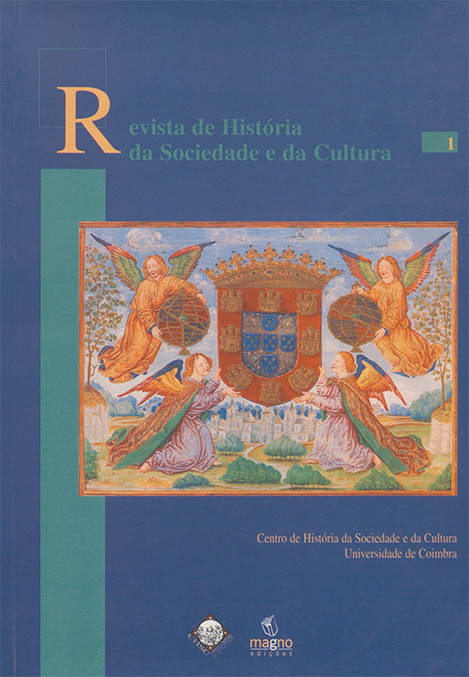For a development project of Riba-Côa and Cima-Côa - the importance of transports and communications
DOI:
https://doi.org/10.14195/1645-2259_1_9Keywords:
Riba-Côa, Cima-Côa, Development project, Transports and communications, Progress and social developmentAbstract
The following paper seeks to revisit the issue of the modernization of transport and communication in Portugal during the period known as the "Regeneration," while assessing its results on a regional scale, particularly along the banks of the Côa River, a tributary of the Douro River, and in the vicinity of the central border with Spain.
At a time when the issues of road accessibility (especially the conversion of the IPS into a motorway) and railway accessibility (the planning of the TGV line) are hotly debated in Portugal, we should listen to the lessons of history and ask ourselves, first and foremost, what the role of means is in relation to the desired ends. Despite the "royal roads" (later "international roads") and the Beira Alta railway line, did the levels of production and productivity increase significantly in "Riba-Côa" and "Cima-Côa"? One need only look at the migration and emigration rates in the second half of the 20th century. And today, is there really the intention to develop the region? There are (still) some resources, "know-how," and much cultural "knowledge." However, is there the political will to make decisions?
Downloads
Downloads
Published
Issue
Section
License

This work is licensed under a Creative Commons Attribution 4.0 International License.
Authors retain copyright and grant the journal right of first publication with the work simultaneously licensed under a Creative Commons Attribution License that allows sharing the work with recognition of authorship and initial publication in Antropologia Portuguesa journal.











